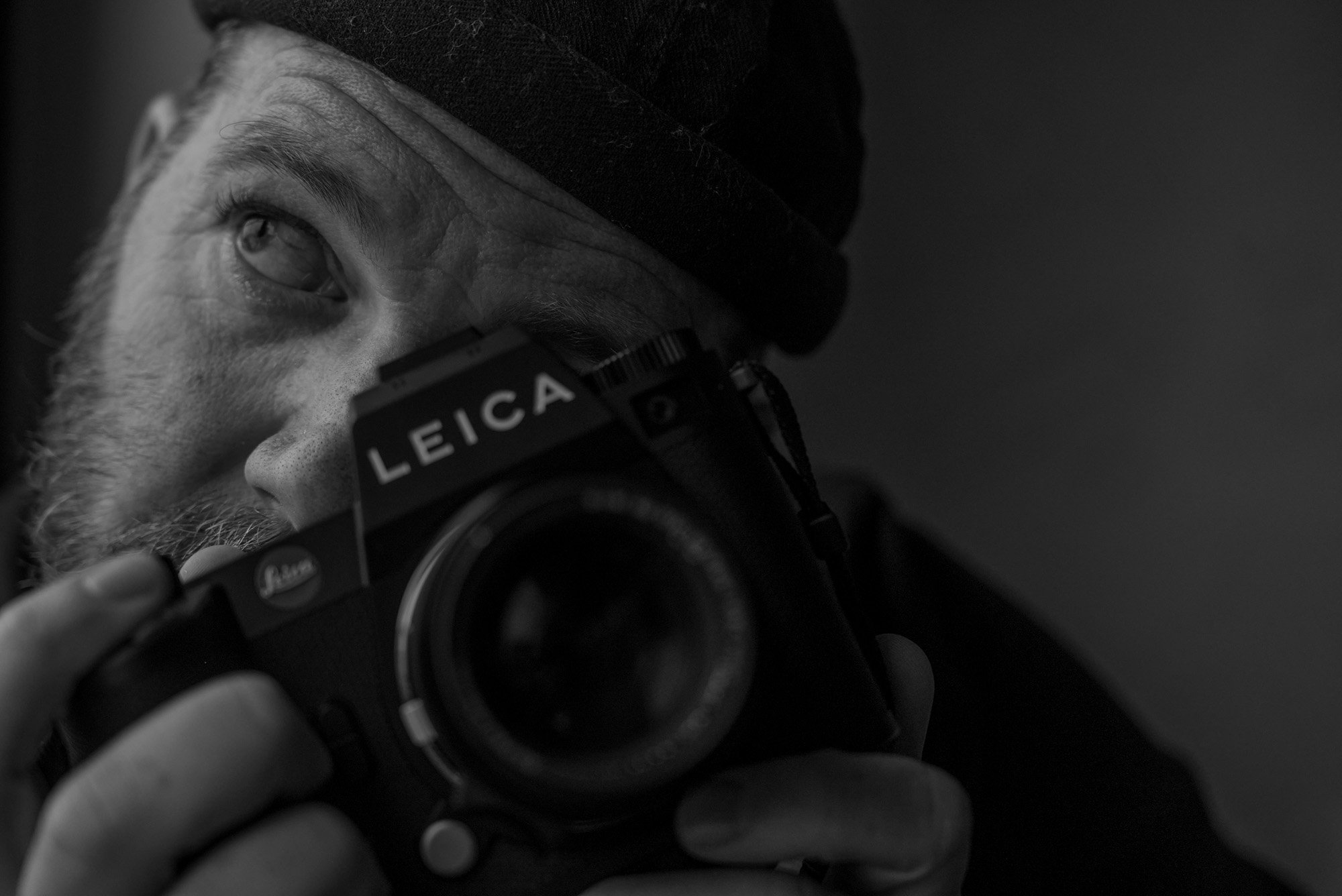Double the Leica Love: Choosing Your Second Leica Camera
As a dedicated photographer and a Leica enthusiast, you likely have a strong preference for a particular Leica system—perhaps the M, Q, or SL series. Each system offers unique advantages and caters to different styles of photography, from street to commercial. However, even the most devoted Leica users sometimes need versatility in their gear, whether for exploring new types of photography or for practical reasons like budget and convenience. Today, let's dive into some secondary camera options for owners of Leica's flagship models: the SL3, M11, and Q3.
In this article I’ll give you Leica options and non-Leica options and the only parameters I’ve set is that the secondary option has to be a used camera and obviously cheaper compared to your lead camera.
Leica M11 users
For those who own the Leica M11 or any M for that matter, renowned for its use in street photography and reportage, finding a secondary camera that complements this experience without duplicating it can be challenging. The Leica Q2 Monochrome emerges as an ideal counterpart. While offering a similar high-quality Leica experience, it introduces a distinct black and white photography style, allowing you to explore a different artistic avenue without leaving the Leica ecosystem. I’m sure you’ve met an annoying monochrome user talk your ear off about the distinct files, they aren’t wrong. Additionally, opting for a used Q2 Monochrome can be more “Leica” budget-friendly, aligning with the Leica ethos of exceptional quality at a more accessible price point.
For a versatile setup that extends your range into commercial work, consider the Leica SL2 or SL2S as secondary options. Both models can utilize M series lenses with an adapter, allowing for a seamless crossover and growth into the L series lenses. This flexibility makes them excellent backups that cater to both personal and professional needs.
Beyond Leica: Considering Alternative Brands
While exploring non-Leica options, it's essential to find a camera that provides a sufficiently different experience to justify its addition. The Ricoh GR series stands out in this regard. Known for its compactness and robust build, the Ricoh GR is an excellent "everyday carry" camera, perfect for times where you might not want to risk your $9K camera or even just more discreet street photography. Its fixed lens and compact build make it different enough from your M so that occasionally you might take this camera out with you instead of your Leica. I’m not going to say this often happens, as the superior Leica optics are typically my preferences, but just sometimes it’s fun to go out and shoot with the Ricoh. Moreover, the Ricoh GR’s monochrome setting offers a taste of black and white photography, making it an affordable and versatile choice for those not fully committed to a dedicated monochrome camera.
LEICA SL2 USERS
For professionals using the Leica SL3, which excels in commercial and video production, a secondary camera must provide reliability without compromising quality. The Leica SL2S is an apt choice. As a backup, it matches the SL3 in terms of build(even better in my opinion) and image quality but at a lower cost. Additionally, it's versatile enough to serve as a dedicated street photography camera with an M lens adapter or even as a passable video camera in a pinch.
An Innovative Alternative: Panasonic S5M2X
For those needing advanced video capabilities or a more cost-effective solution for commercial shoots, the Panasonic S5M2X offers a compelling alternative. As part of the L-Mount Alliance, it works seamlessly with Leica SL lenses and introduces video features that can outperform or match those of the SL3 in some aspects. This makes it an invaluable tool for hybrid shooters who need to balance stills with dynamic video production. I own one and I love it, using it mainly for my YouTube channel but also as my video camera for hybrid shoots and when I need to rig out a camera for documentary work as well.
Concluding Thoughts
Choosing a secondary camera is about enhancing your photographic journey and expanding your creative capabilities. Whether it’s sticking with a trusted brand like Leica or venturing into new territory with brands like Ricoh or Panasonic, the goal is to select a camera that complements your primary choice and opens up new possibilities in your work. Always consider what new doors a secondary camera could open for you, and select a model that supports your main photographic endeavors, ensuring a balanced and effective camera setup. I’m a strong believer that new gear doesn’t enhance your photography or motivate you to improve but rather find a project and focus on that.
Speaking of project, if you’re interested in 1:1 coaching or short/long term mentoring, check out my online educational options here and let me help you improve your photography. My classes are open to photographer of all level and interested in all genres and my students range from college students to retirees and are from all over the world.

